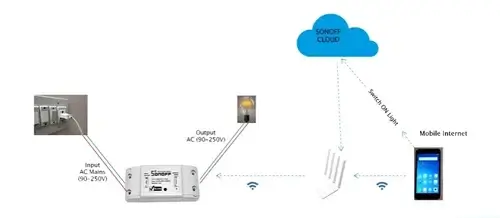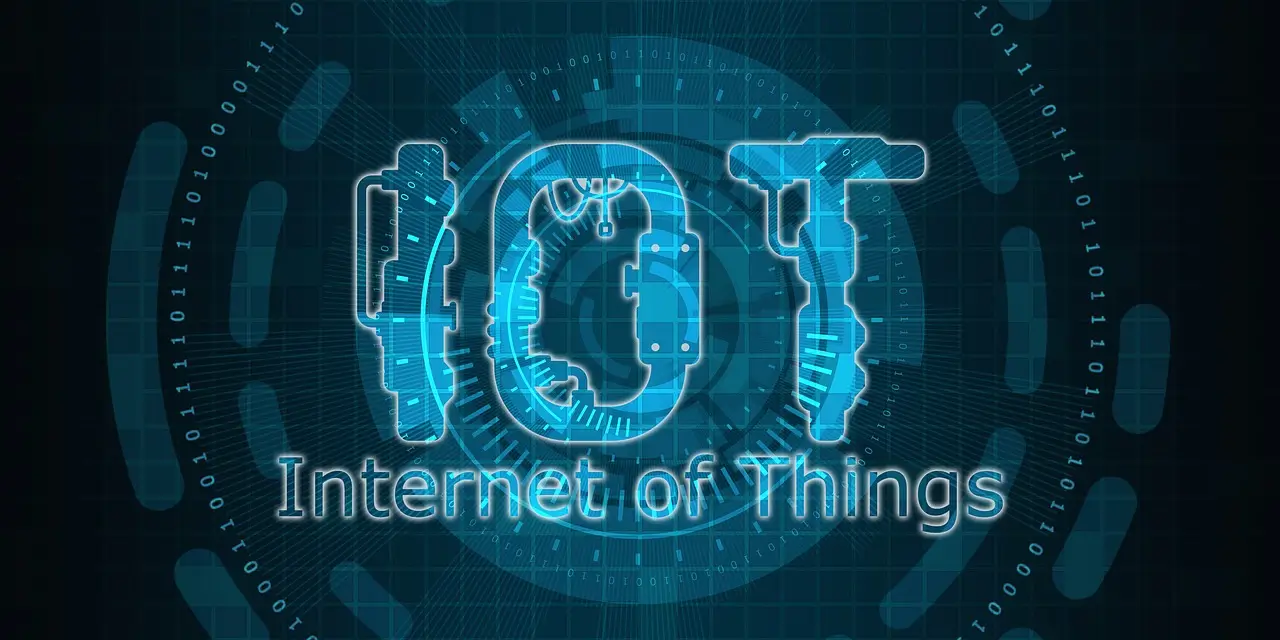What is an IP Suite in IoT?
The IP Suite (Internet Protocol Suite) is like the language IoT devices use to talk to each other and the internet. It’s a set of rules that helps devices like smart sensors, cameras, or lights send and receive data.
In short:
IP Suite = How IoT devices chat with each other and the cloud.
Why is the IP Suite Important for IoT?
IoT devices are everywhere—think smart bulbs, factory sensors, or connected cars. They need to:
- Work with limited battery and memory.
- Connect wirelessly (Wi-Fi, Bluetooth, etc.).
- Talk to different devices from different brands.
The IP Suite makes sure all these devices can communicate smoothly and reliably.
How Does the IP Suite Work?
It’s split into four simple layers, each handling a part of the communication:
1. Link Layer (Connection Layer)
- Gets devices connected (wired or wireless).
- Examples:
- Wi-Fi: For smart homes (like smart plugs).
- Bluetooth: For wearables (like fitness trackers).
- ZigBee: For smart lights in a mesh network.
- LoRa: For long-range sensors (like in farms).
2. Internet Layer (Address Layer)
- Gives each device an address and guides data to the right place.
- Key Tools:
- IPv6: Gives billions of addresses for IoT devices.
- 6LoWPAN: Shrinks data to work on low-power devices like sensors.
3. Transport Layer (Delivery Layer)
- Makes sure data gets delivered—fast or reliably.
- Examples:
- UDP: Fast but might lose some data (good for sensors).
- TCP: Reliable, no data loss (good for updates).
- DTLS: Adds security to UDP for safe data.
4. Application Layer (App Layer)
- Handles how apps talk to each other.
- Examples:
- MQTT: Lightweight, great for low-power sensors.
- CoAP: Simple, works like a mini-web for devices.
- HTTP: For web-connected devices like cameras.
How Data Moves in IoT
Here’s an example:
1. A sensor (like a temperature sensor) collects data.
2. It sends data using 6LoWPAN over ZigBee to a nearby gateway.
3. The gateway uses MQTT to send it to the cloud.
4. You see the data on your phone or computer.
The IP Suite makes this flow smooth:
Sensor → Gateway → Cloud → Your App
Example: Smart Farming
- Soil sensors check moisture and send it using CoAP (fast and light).
- A local gateway turns it into MQTT and sends it to the cloud.
- Farmers see crop data on a phone app.
The IP Suite keeps everything connected and working.
Why the IP Suite is Awesome
- Works Everywhere: Connects all kinds of IoT devices.
- Mix and Match: Devices from different brands can talk.
- Secure: Uses encryption to keep data safe.
- Scalable: Handles billions of devices.
- Fast: Supports quick data sharing for real-time apps.
Challenges
- Low Power: Small devices struggle with complex protocols.
- Security Risks: Hackers could target weak setups.
- Compatibility: Different brands might not play nice.
- Busy Networks: Too many devices can slow things down.
Keeping IoT Secure
The IP Suite adds safety with:
- Encryption: Locks data so only the right people see it.
- Authentication: Checks devices are legit.
- DTLS/TLS: Secures data during transfer.
The Future of IP Suite in IoT
By 2026, the IP Suite will get even better:
- IPv6 Everywhere: More addresses for tons of devices.
- 5G Boost: Faster, stronger connections.
- AI Help: Smarter ways to route data.
- Low-Power Tricks: New protocols for tiny devices.
Summary
- What is it? The IP Suite is the rulebook for IoT devices to talk.
- Layers: Connection → Address → Delivery → App.
- Key Tools: IPv6, 6LoWPAN, MQTT, CoAP.
- Why? Makes IoT fast, secure, and scalable.
- Future? Smarter with AI, 5G, and more devices.
Final Thought
The IP Suite is like the postal system for IoT—it gets data where it needs to go, fast and safe. Whether it’s a smart home or a connected factory, the IP Suite keeps everything talking smoothly!




